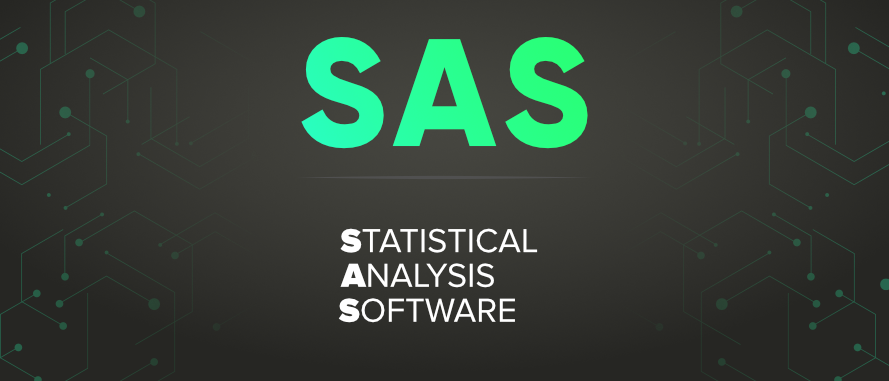Description
Introduction
Scala is a versatile language that combines functional and object-oriented programming paradigms, making it powerful for solving complex problems. While its basic concepts are relatively easy to grasp, mastering Scala requires understanding advanced programming techniques. This guide delves into higher-level concepts that can help you write more efficient, maintainable, and scalable code. From concurrency to type-level programming, this resource will equip you with the skills to fully utilize Scala’s capabilities.
Prerequisites
To get the most out of this guide, you should have:
- A basic understanding of Scala syntax, object-oriented, and functional programming concepts.
- Familiarity with advanced topics like higher-order functions and pattern matching.
- Experience with the Scala REPL and building simple applications.
Table of Contents
- Advanced Object-Oriented Programming in Scala
1.1 Advanced Inheritance and Polymorphism
1.2 Abstract Types and Type Members
1.3 Using Type Classes for Extending Functionality
1.4 Working with Companion Objects and Singleton Objects - Functional Programming Techniques
2.1 Pure Functions and Referential Transparency
2.2 Monads and Their Use Cases(Ref: Introduction to Scala for Beginners)
2.3 Functors, Applicatives, and Other Type Classes
2.4 Higher-Order Functions and Currying
2.5 Laziness and Stream Processing - Type-Level Programming
3.1 Introduction to Scala’s Type System
3.2 Using Generic Types and Polymorphism
3.3 Abstract Types and Path-Dependent Types
3.4 Shapeless: Advanced Type-Level Programming
3.5 Dependent Types and Refinement Types - Concurrency and Parallelism in Scala
4.1 Immutable Data Structures for Concurrency
4.2 Scala’s Futures and Promises
4.3 Akka Actors for Building Scalable Applications
4.4 Working with Parallel Collections
4.5 Managing Concurrency with Cats Effect and ZIO - Performance Optimization in Scala
5.1 Profiling Scala Applications
5.2 Optimizing Memory and Garbage Collection
5.3 Tail Recursion and Optimizing Recursive Algorithms
5.4 Best Practices for Handling Large-Scale Data
5.5 Benchmarking and Improving Application Speed - Working with Advanced Collections in Scala
6.1 Lazy Collections and Streams
6.2 Using Sets, Maps, and Collections for Complex Data Structures
6.3 Immutable vs Mutable Collections: Choosing the Right One
6.4 Working with Sorted and Priority Collections - Scala’s Implicits and Advanced Type Inference
7.1 The Power of Implicit Parameters
7.2 Using Implicit Classes for Enrichment
7.3 Advanced Type Inference Techniques
7.4 Implicits for Dependency Injection - Macros and Metaprogramming in Scala
8.1 Introduction to Macros
8.2 Writing Custom Macros for Code Generation
8.3 Using Macros to Implement Domain-Specific Languages (DSLs)
8.4 Reflection and Type Inspection at Runtime - Integrating Scala with External Libraries and Frameworks
9.1 Using Cats, Scalaz, and Other Functional Libraries
9.2 Working with Frameworks like Play and Akka
9.3 Connecting Scala with Databases and External APIs
9.4 Best Practices for Using Scala with Big Data Frameworks (Apache Spark)(Ref: Apache Spark with Java: Developing Big Data Applications) - Testing and Debugging Scala Applications
10.1 Writing Unit Tests with ScalaTest and Specs2
10.2 Property-Based Testing with ScalaCheck
10.3 Advanced Debugging Techniques and Profiling Tools
10.4 Ensuring Code Quality and Managing Dependencies - Design Patterns in Scala
11.1 Common Design Patterns in Scala
11.2 Functional Patterns: Functor, Applicative, Monad
11.3 Using Pattern Matching for Cleaner Code
11.4 Architecting Scalable Systems Using Akka and Actors - Best Practices for Advanced Scala Programming
12.1 Writing Idiomatic Scala Code
12.2 Code Refactoring and Scala Design Patterns
12.3 Best Practices for Error Handling and Exception Safety
12.4 Improving Code Readability and Maintainability - Conclusion and Next Steps
13.1 Recap of Advanced Techniques in Scala
13.2 Exploring Advanced Functional Programming with Scala
13.3 Resources for Further Learning and Mastery
13.4 Contributing to Open-Source Scala Projects
Conclusion
Mastering advanced Scala techniques opens up a world of possibilities for writing scalable, performant, and clean applications. From type-level programming and concurrency management to performance optimization and working with libraries, these advanced concepts provide the tools you need to write robust Scala code. As you continue your journey with Scala, focus on practicing and experimenting with these techniques to solidify your understanding and stay at the forefront of Scala development.







Reviews
There are no reviews yet.